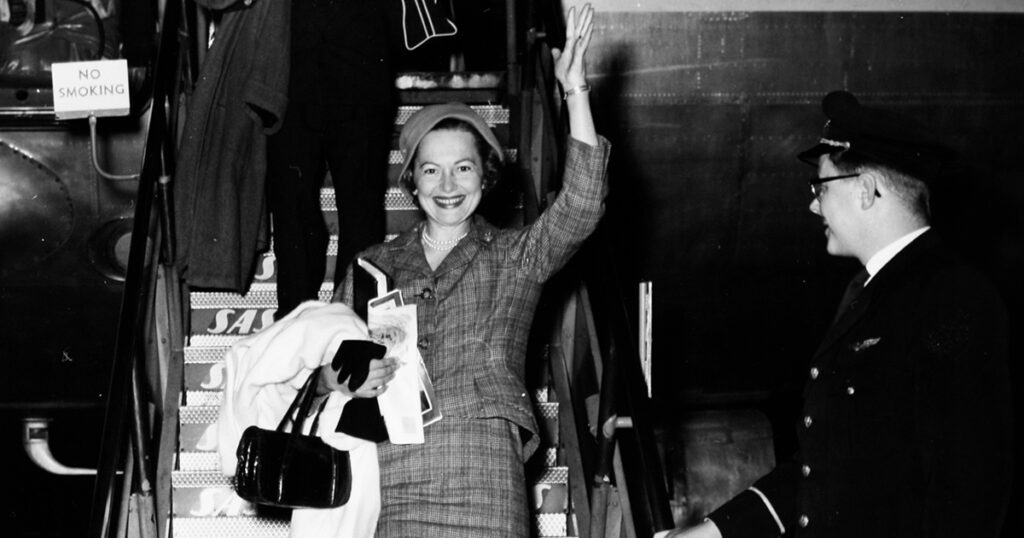La Havilland
The movie star became a fixture in Paris, where she lived for half her lifetime

It’s an accident of my life that I came to know Olivia de Havilland in Paris around the time of her 80th birthday. Everyone to whom I have mentioned this acquaintance said one of two things, and usually both: She’s still alive? And: She lives in Paris?
She was very much alive until her last days, which came to an end at the age of 104 on Sunday, in Paris, where she had lived more than half her life. (She married and divorced a Frenchman but stayed, and in his last years cared for him.) I knew her slightly, through the American Cathedral in Paris, where when I arrived a quarter century ago she was already famous in the parish for reading passages of Holy Scripture on signal occasions, notably Easter Sunday and the midnight mass on Christmas Eve. Not to slight other motivations, but at such times, the pews swelled with those eager to hear the dusky baritone and biblical reverberations of La Havilland.
Olivia took these assignments very seriously, sometimes questioning the choice of a version, and of course preferring King James to any other. (She was born English.) She would arrive long before the service started and sit quietly in a pew studying her text, fretting over pronunciations and reading half-silently to herself. When she rose to perform her flawless readings, her delivery was molasses, 16 rpm or slower, so drawn out that the ushers joked they could go out for coffee and be back before she was done.
To her Paris friends, many of them from years of connection to the American Cathedral, the American Library, and the American University, Olivia de Havilland’s glorious past and distinctive screen persona were hard to forget. I knew her as a generous and garrulous woman whom people naturally adored. A visit to her townhouse in the 16th arrondissement (next door to former president Valery Giscard d’Estaing) always meant champagne, beginning at any time of day, served by a maid with foie gras and toast points. This could go on for hours, I am told, even though I would have to excuse myself long before a bottle, or Olivia, was done. She was hardy.
She was also witty, even salacious, in the most proper, eye-twinkling way. She took such pleasure in delighting her audiences by appealing to their inner naughtiness. I saw this well away from the champagne one day more than 20 years ago, on the sidewalk in front of the Cathedral, after one of her holy performances. I introduced her to my daughter, Louise, who was then perhaps nine. Louise, encouraged by her mother, asked Olivia if she would reenact a specific moment from Gone with the Wind.
It is a little-known fact, perhaps, that when it came to the scene where Scarlett O’Hara eats a radish root in her desperation at what has become of Tara, and vomits, Vivian Leigh refused to make the vomiting noise—and Olivia de Havilland, ever the Melanie, stepped into the breach. Now, for Louise’s benefit, the great actress promptly complied.

